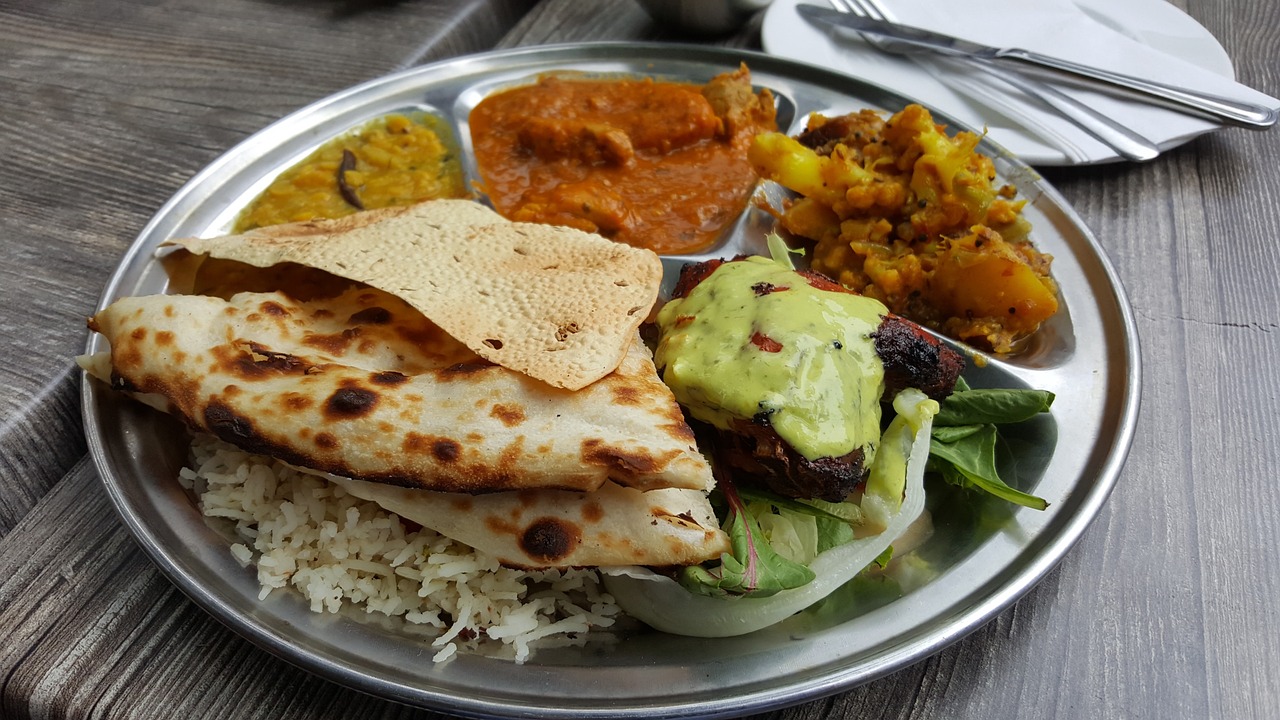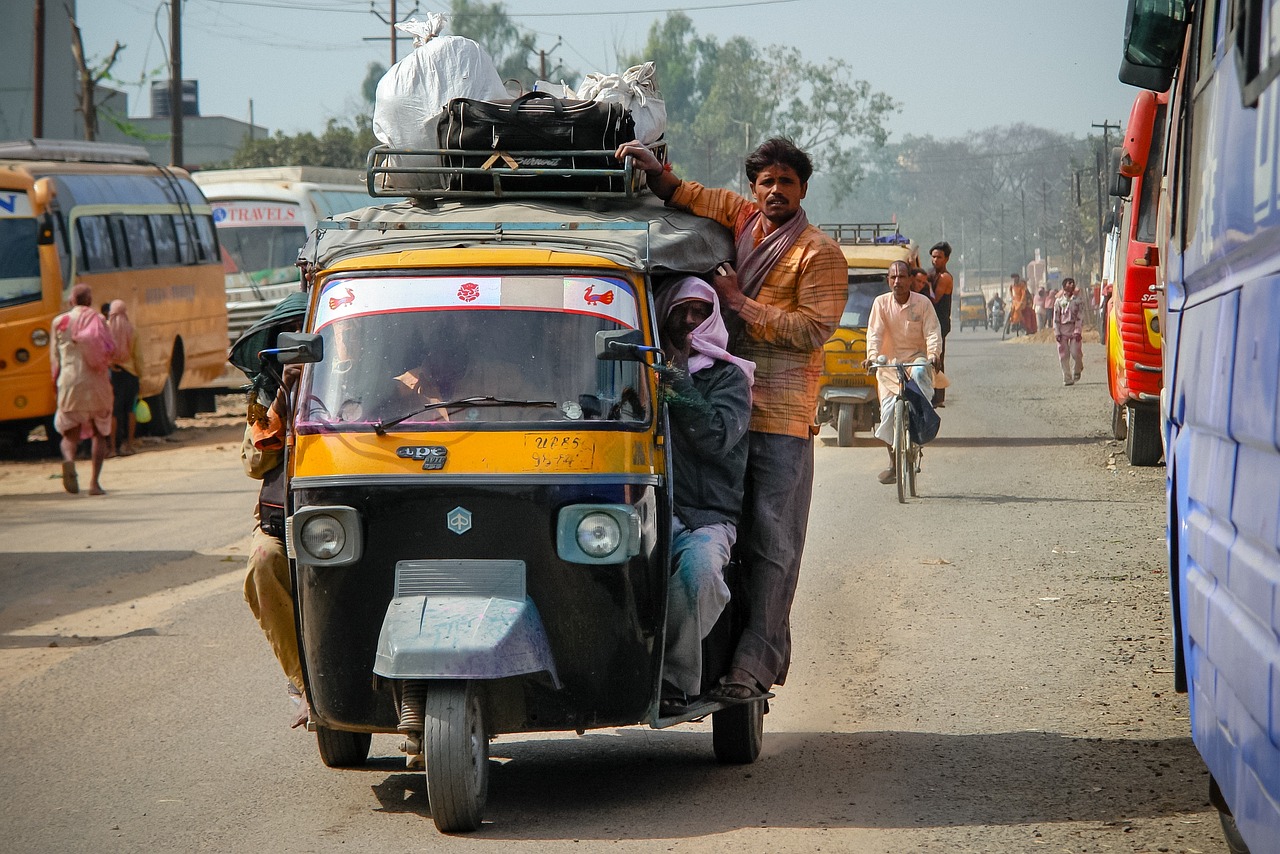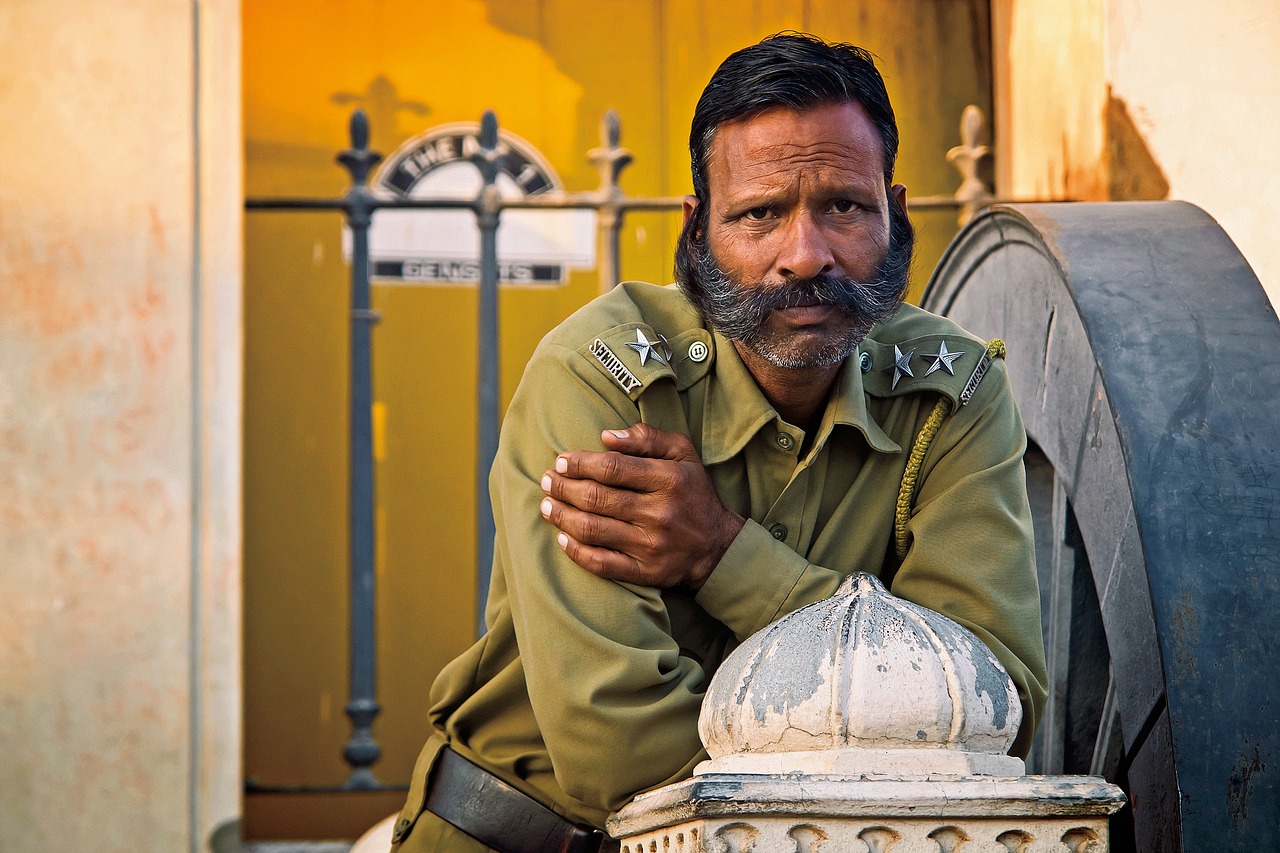India Video
Cultural Sensitivities: Understanding Local Norms in India
India is a diverse country with rich cultural traditions and norms. When visiting India, it is essential to understand and respect the local customs and sensitivities. This article aims to provide a comprehensive guide for travelers to navigate through the cultural intricacies of India. By being aware of and respecting these norms, visitors can ensure a more enjoyable and respectful experience.
Greetings and Communication
India is known for its warm and welcoming people. When greeting someone, it is common to use the traditional Indian greeting of “Namaste,” which involves folding your hands together in front of your chest and saying “Namaste” with a slight bow. Handshakes are also common, especially in more cosmopolitan areas. However, it is important to note that physical contact may not be appropriate with everyone, especially members of the opposite sex or individuals from more conservative backgrounds.
- Greetings: Namaste is the traditional Indian greeting.
- Handshakes: Handshakes are common in more cosmopolitan areas.
- Avoid physical contact: Physical contact may not be appropriate with everyone.
Namaste is a respectful way to greet someone in India. It signifies a gesture of respect and acknowledgment.
In urban areas, handshakes are becoming more common, especially in professional settings. However, it is essential to be mindful of cultural differences and adapt accordingly.
Keep in mind that physical contact, such as hugging or kissing, may not be suitable with individuals from more conservative backgrounds or of the opposite sex. It is essential to respect personal boundaries.
Dress Code and Modesty
India has a diverse range of dress styles influenced by cultural, religious, and regional factors. The dress code can vary significantly across different parts of the country. It is important to dress modestly, especially when visiting religious sites or rural areas.
- Modest clothing: Dress modestly, especially in religious sites and rural areas.
- Avoid revealing clothing: Avoid wearing revealing clothing in public.
- Footwear: Remove footwear when entering religious places or someone’s home.
When visiting temples, mosques, or any religious site, it is crucial to dress modestly by covering your shoulders, legs, and chest. This shows respect for the culture and traditions of the place.
It is advisable to avoid wearing clothing that is too revealing or provocative, as it may attract unwanted attention or offend local sensibilities.
It is customary to remove your footwear when entering temples, mosques, or someone’s home. This practice shows respect for the sacredness of the place.
Food and Dining Etiquette
Indian cuisine is renowned for its rich flavors and diverse range of dishes. When dining in India, there are a few cultural norms and etiquette to keep in mind.
- Eating with hands: It is common to eat with your hands in many parts of India.
- Sharing food: Sharing food is a common practice in India.
- Respecting dietary restrictions: Be mindful of dietary restrictions and preferences.
In certain regions and when eating traditional Indian cuisine, it is common to eat with your hands. However, it is essential to wash your hands thoroughly before and after the meal.
Indian meals are often served family-style, with various dishes placed in the center of the table for everyone to share. It is customary to offer and share food with others.
India has a diverse range of dietary preferences and restrictions based on religion, culture, and personal choices. It is essential to be respectful and accommodating of these restrictions when dining with others.
Social Customs and Taboos
India has a unique set of social customs and taboos that vary across different regions. Understanding and respecting these customs is crucial to avoid unintentionally causing offense.
- Caste system: Be aware of the sensitivity around the caste system.
- Religious sensitivities: Respect religious practices and beliefs.
- Personal space: Respect personal space and boundaries.
The caste system is a complex social structure in India. It is important to be respectful and avoid discussions or actions that may perpetuate caste-based discrimination.
India is a country with diverse religious beliefs. It is essential to respect and be mindful of religious practices, customs, and sensitivities when visiting religious sites or interacting with people of different faiths.
Indians generally value personal space and may prefer a certain distance when conversing. It is important to be aware of personal boundaries and respect them to avoid making others uncomfortable.
Gender Roles and Interactions
India has traditional gender roles and expectations that may differ from Western norms. It is important to be respectful and mindful of these differences when interacting with people of different genders.
- Gender segregation: Respect gender segregation in certain public spaces.
- Avoid unwanted attention: Be aware of cultural differences in personal interactions.
- Conservative dress: Dress modestly to respect local expectations.
Some public spaces, such as temples or mosques, may have separate areas or rules for men and women. It is important to respect these gender boundaries and follow the local customs.
It is advisable to be cautious and respectful in personal interactions, especially with members of the opposite sex, to avoid any misunderstandings or unwanted attention.
In more conservative areas, it is advisable to dress modestly to avoid attracting unnecessary attention or causing offense.
Image 1:

Religious Practices and Customs
Religion plays a significant role in the lives of many Indians. India is home to several major religions, including Hinduism, Islam, Sikhism, Christianity, and Buddhism. Each religion has its own set of practices and customs that are deeply ingrained in the culture.
- Hinduism: Hindu religious practices vary across regions.
- Islam: Respect Islamic customs and traditions.
- Sikhism: Understand Sikh customs and traditions.
Hinduism is the predominant religion in India, and its practices can vary significantly across different regions. It is essential to be respectful and follow the customs when visiting Hindu temples or attending religious ceremonies.
Islam is the second-largest religion in India. When visiting mosques or interacting with Muslims, it is important to respect their customs, such as removing shoes before entering and dressing modestly.
Sikhism is a religion that originated in Punjab, India. Sikh customs include wearing turbans and observing the principles of equality and service to others. It is important to be respectful and understand their beliefs and practices.
Image 2:

Festivals and Celebrations
India is known for its vibrant and colorful festivals celebrated throughout the year. These festivals provide a unique opportunity to experience the rich cultural heritage of the country.
- Diwali: The Festival of Lights.
- Holi: The Festival of Colors.
- Eid: Islamic festival marking the end of Ramadan.
Diwali is one of the most widely celebrated festivals in India. It is a festival of lights, symbolizing the victory of light over darkness. During Diwali, people light oil lamps, exchange gifts, and celebrate with fireworks.
Holi is a vibrant and joyous festival celebrated with enthusiasm across India. It involves throwing colored powders and water at each other, symbolizing the arrival of spring and the triumph of good over evil.
Eid is an important Islamic festival celebrated by Muslims worldwide. It marks the end of Ramadan, a month of fasting. During Eid, people dress in traditional attire, offer prayers, and share meals with family and friends.
Arts and Culture
India has a rich artistic and cultural heritage that is reflected in various art forms, such as dance, music, theater, and literature. Exploring these art forms can provide a deeper understanding of Indian culture.
- Classical dance forms: Bharatanatyam, Kathak, Odissi, and more.
- Traditional music: Hindustani and Carnatic music.
- Indian cinema: Bollywood and regional film industries.
India is known for its diverse classical dance forms, each with its own unique style and repertoire. Bharatanatyam, Kathak, and Odissi are some of the prominent classical dance forms that showcase the rich cultural heritage of India.
Hindustani and Carnatic music are two major classical music traditions in India. These music forms have a rich history and are known for their intricate melodies and rhythmic patterns.
Bollywood, the Hindi film industry, is one of the largest and most influential film industries in the world. Regional film industries, such as Tamil, Telugu, and Malayalam, also contribute significantly to Indian cinema.
Image 3:

Cultural Sensitivity and Respect
Respecting local norms and customs is essential to have a positive and enriching experience in India. By being culturally sensitive and respectful, visitors can forge meaningful connections and gain a deeper appreciation for the country’s diverse culture.
- Open-mindedness: Be open to new experiences and perspectives.
- Ask for guidance: Seek guidance when unsure about local customs.
- Be patient and flexible: Adapt to cultural differences and unexpected situations.
Approach your interactions with an open mind, embracing the differences and uniqueness of Indian culture. This will enable you to learn and grow from your experiences.
If you are unsure about a specific custom or practice, don’t hesitate to ask for guidance from locals or trusted sources. Indians are generally welcoming and happy to help.
India can be a chaotic and unpredictable country at times. Being patient and flexible will help you navigate through any challenges or cultural differences that may arise during your visit.
References
– Lonely Planet India: www.lonelyplanet.com/india
– Indian Holiday: www.indianholiday.com
– Culture Trip: theculturetrip.com/asia/india
– India Tourism: www.incredibleindia.org


